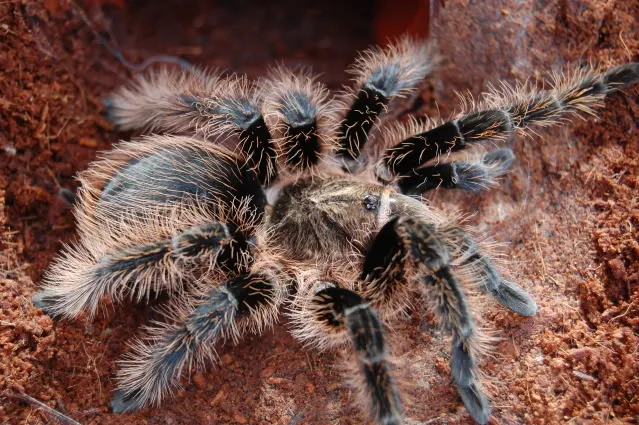Understanding Curly Hair Tarantulas
The Curly Hair Tarantula (Tliltocatl albopilosus), a terrestrial tarantula species native to Costa Rica, is a popular choice for beginner tarantula keepers due to its docile nature and relatively simple care requirements. These spiders are known for their distinctive appearance, boasting a dark body covered in curly, reddish-brown hairs, giving them their name. Understanding their natural habitat and behaviors is essential for providing optimal care. These creatures are generally slow-moving and less prone to biting compared to other species, but caution should always be exercised when handling them. A properly cared-for Curly Hair Tarantula can live for several years, making them a rewarding long-term pet. Learning the fundamentals will help you establish a healthy environment for these creatures.
Choosing the Right Enclosure
Selecting the appropriate enclosure is a critical first step in providing a suitable habitat for your Curly Hair Tarantula. The enclosure should provide adequate space for the tarantula to move around, burrow, and feel secure. It’s important to choose an enclosure that is both escape-proof and easy to clean. The size and type of enclosure significantly impact the well-being of your tarantula, ensuring it thrives in its environment.
Enclosure Size and Type
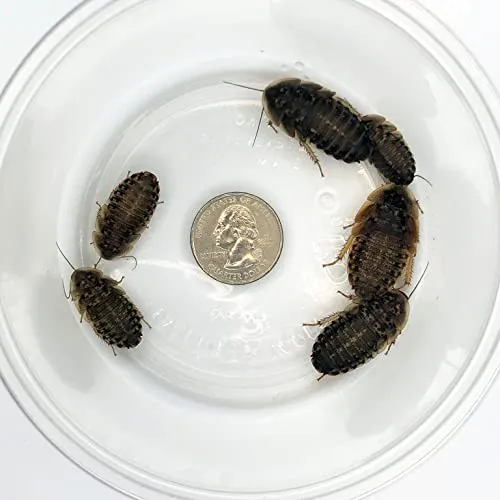
A juvenile Curly Hair Tarantula can be housed in a smaller enclosure, such as a 5-10 gallon terrarium or a plastic container with secure ventilation. As the tarantula grows, it will require a larger enclosure. Adults typically thrive in a 10-20 gallon enclosure, providing ample space for movement and burrowing. The enclosure should be made of clear, durable material, such as glass or transparent plastic, to allow for easy observation. Ensure the lid is secure and escape-proof, with proper ventilation to prevent the buildup of excessive moisture and mold.
Substrate Selection
The substrate is the bedding material that covers the bottom of the enclosure and serves several essential functions, including providing a comfortable surface for the tarantula to walk on, helping to maintain humidity levels, and allowing the tarantula to burrow. A good substrate choice for Curly Hair Tarantulas includes a mix of peat moss, coco fiber, and a small amount of vermiculite. This combination provides excellent moisture retention, allows for burrowing, and is generally safe for the tarantula. Avoid using substrates with sharp edges or materials that can splinter, as these could potentially injure the tarantula.
Maintaining Humidity and Temperature
Maintaining the correct humidity and temperature levels is essential for the health and well-being of your Curly Hair Tarantula. These factors affect the tarantula’s ability to molt, its overall activity level, and its appetite. Creating the right environment involves monitoring and adjusting conditions regularly to ensure they are within the ideal range. Incorrect conditions can lead to health problems and stress in the tarantula, so close attention is necessary to establish a thriving environment.
Humidity Levels
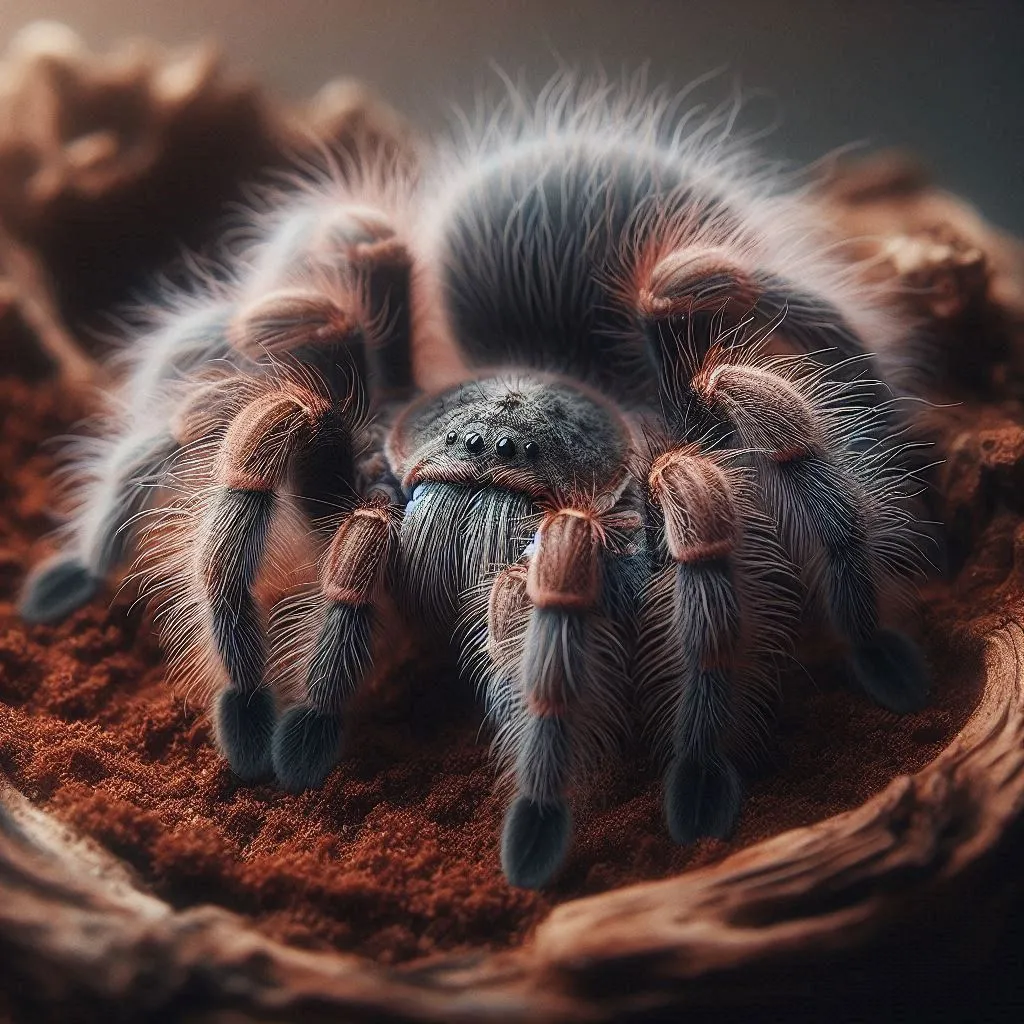
Curly Hair Tarantulas thrive in a moderate humidity environment. Aim to maintain a humidity level of 60-70% in the enclosure. You can achieve this by lightly misting the enclosure with water once or twice a week, or more frequently in drier climates. Avoid over-misting, as this can lead to the development of mold and bacteria. Regular monitoring with a hygrometer is recommended to ensure the humidity levels are within the appropriate range. The substrate also plays a role in maintaining humidity; keep the substrate slightly moist, but not waterlogged.
Temperature Control
The ideal temperature range for a Curly Hair Tarantula is between 75-85°F (24-29°C). In most household environments, this temperature range is easily achievable without supplemental heating. However, if your home is particularly cold, you may need to use a low-wattage heat mat or a ceramic heat emitter placed on the side of the enclosure. Avoid using heat lamps, as they can dry out the enclosure and overheat the tarantula. Always monitor the temperature with a thermometer to ensure it stays within the recommended range.
Feeding Your Curly Hair Tarantula
Proper feeding is vital to the health and growth of your Curly Hair Tarantula. Providing a balanced diet of appropriately sized insects and ensuring access to fresh water are crucial aspects of their care. Understanding the feeding habits of this species and adjusting the diet accordingly will ensure they receive the necessary nutrients. Improper feeding can lead to health issues, affecting their lifespan and vitality. Regular observation will help you understand their appetite and dietary needs.
Feeding Frequency and Prey
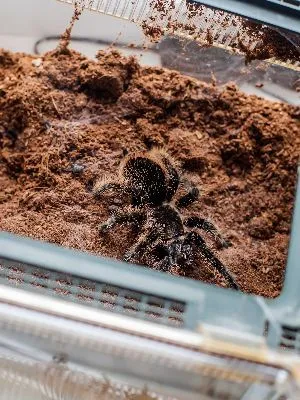
Juvenile Curly Hair Tarantulas should be fed more frequently than adults, usually every 2-3 days. Adults can be fed once or twice a week. The prey size should be appropriate for the size of the tarantula. As a general rule, the prey should be no larger than the tarantula’s abdomen. Suitable prey items include crickets, mealworms, dubia roaches, and small locusts. It is important to remove any uneaten prey within 24 hours to prevent stress on the tarantula and reduce the risk of injury. Ensure the prey insects are gut-loaded with nutritious food before feeding them to your tarantula to maximize the nutritional value.
Watering and Hydration
Curly Hair Tarantulas require access to fresh water at all times. Provide a shallow water dish filled with clean water, or use a water gel. The water dish should be shallow enough to prevent the tarantula from drowning. Replace the water regularly, at least once or twice a week, to keep it clean and prevent bacterial growth. In addition to providing a water dish, you can also mist the enclosure lightly, as previously mentioned, to increase humidity and provide the tarantula with additional hydration options. Always use dechlorinated water to avoid harming your tarantula.
Grooming and Handling
While Curly Hair Tarantulas do not require extensive grooming, some aspects of their care involve maintaining their environment and interacting with them, if desired. Proper grooming and cautious handling contribute to the health and well-being of the tarantula, reducing stress and minimizing risks. Creating a safe environment for the tarantula helps build confidence and positive interactions with the pet. Keep in mind, their grooming needs are minimal compared to other pets.
Grooming Practices
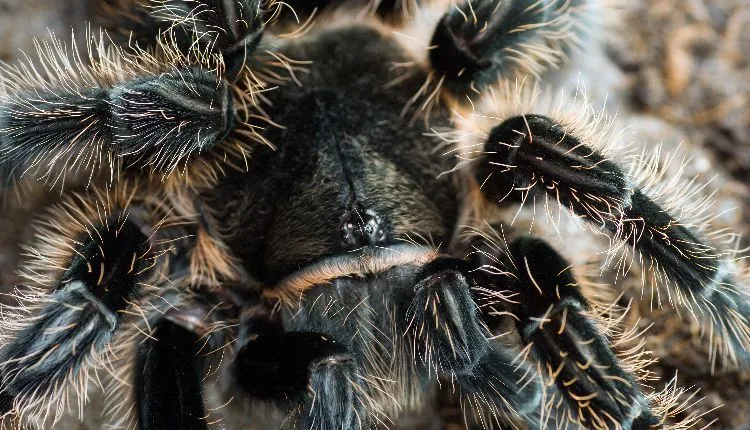
Curly Hair Tarantulas do not need grooming in the traditional sense. However, maintaining a clean enclosure is important. Regularly remove any uneaten prey, shed exoskeletons, and feces to prevent the buildup of bacteria and maintain a healthy environment. Ensure the substrate is replaced periodically to prevent the accumulation of waste. The enclosure should be spot-cleaned regularly and thoroughly cleaned every few months. Provide enough substrate for the tarantula to burrow and maintain a clean habitat.
Handling Considerations
Curly Hair Tarantulas are generally docile but can still bite if they feel threatened. Handling should be kept to a minimum. If you choose to handle your tarantula, do so gently and slowly, and never from a height where they could fall. Always wash your hands before and after handling your tarantula to prevent the spread of germs. Be aware of their defensive behaviors, such as flicking urticating hairs. Consider using a soft brush to gently encourage your tarantula onto your hand, if you are comfortable with it.
Health and Wellness
Maintaining the health and well-being of your Curly Hair Tarantula involves observing its behavior, recognizing potential health issues, and taking preventative measures. Regular monitoring, a clean environment, and a balanced diet contribute to a long and healthy life for your tarantula. Recognizing and addressing issues early is essential. A proactive approach to health care enhances the likelihood of your pet living a long and enjoyable life, free from complications.
Identifying Common Health Issues
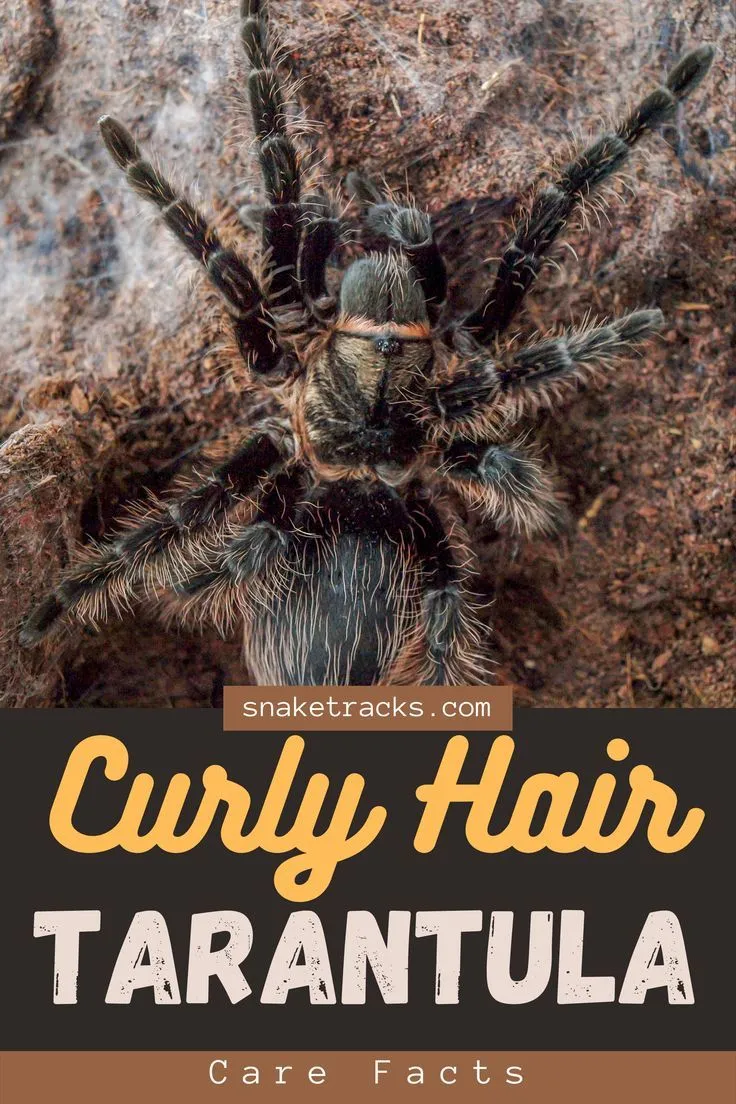
It’s important to be aware of common health issues that can affect Curly Hair Tarantulas. These can range from parasitic infections to issues related to molting. Knowing the signs and symptoms of these issues allows for prompt intervention. Watch for signs like loss of appetite, lethargy, changes in color or behavior, and difficulty molting. Regular observation is crucial to catch any issues early on.
Recognizing Symptoms
Several symptoms can indicate that your Curly Hair Tarantula may be experiencing health problems. These include a loss of appetite, lethargy, or a lack of activity. Other symptoms include changes in the tarantula’s color or appearance, such as a dull or unusual coloration. Difficulties with molting, such as prolonged molting or incomplete molting, can also be a sign of underlying problems. Any unusual behavior or physical changes should prompt investigation and veterinary consultation if needed.
Preventative Measures
Several preventative measures can keep your Curly Hair Tarantula healthy. Maintain a clean and well-ventilated enclosure to reduce the risk of bacterial and fungal infections. Provide a balanced diet and ensure the tarantula has access to fresh water at all times. Maintain the correct temperature and humidity levels to support molting and overall health. Avoid handling the tarantula unnecessarily, as this can cause stress. Quarantine new tarantulas for a few weeks before introducing them to other tarantulas to prevent the spread of parasites or diseases. Regular health checks are a key part of preventative care.
Regular Inspections
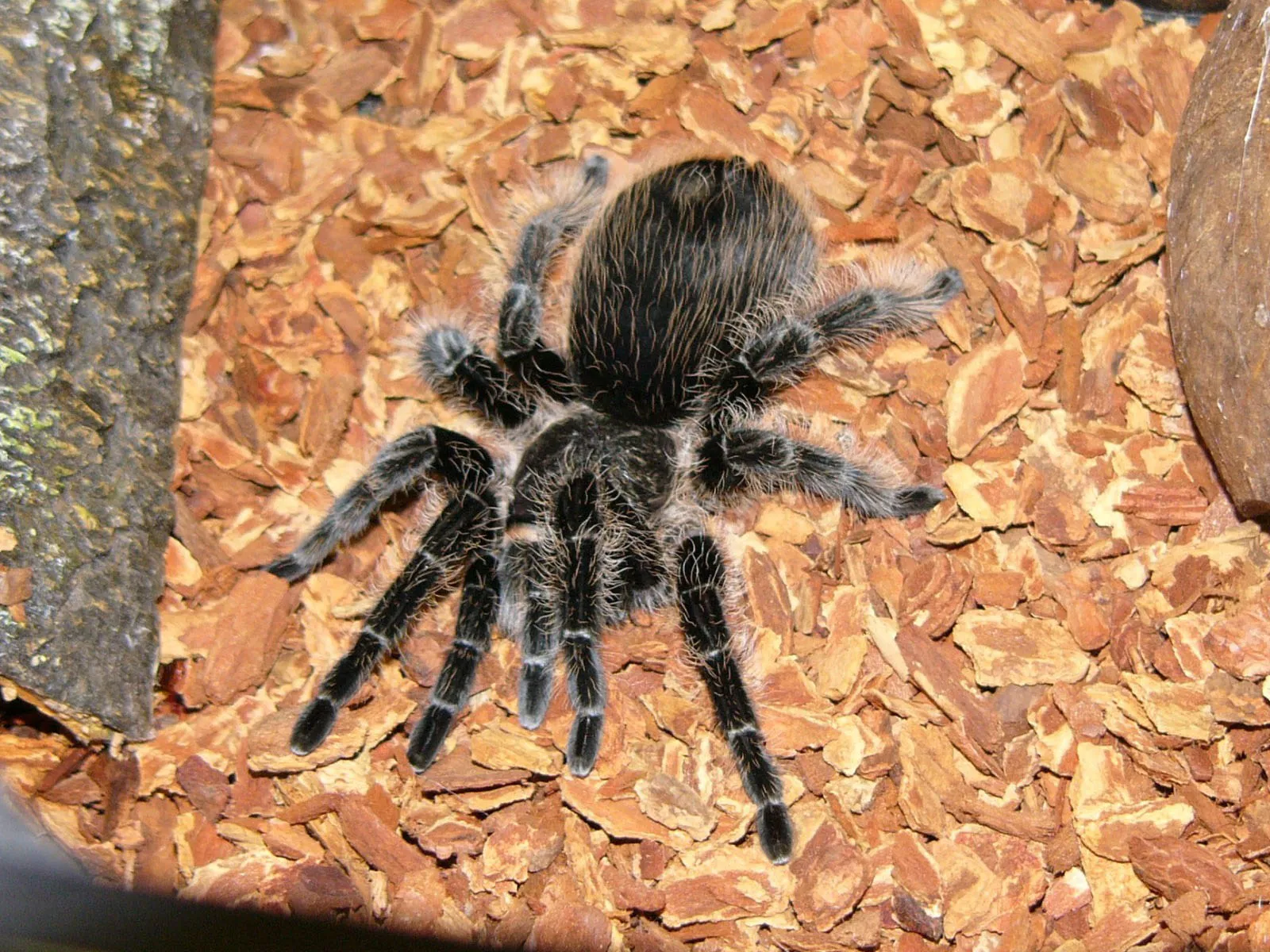
Regular inspections of your Curly Hair Tarantula are crucial for identifying potential health issues early. Observe your tarantula’s behavior, appetite, and overall appearance. Look for any changes in color, activity level, or molting. Examine the enclosure for any signs of mold, pests, or other issues. Perform a visual check of the tarantula during feeding to ensure they are eating and have no visible injuries. Document any unusual observations and consult with a veterinarian or experienced tarantula keeper if you have any concerns.
5 Essential Tips for Curly Hair Tarantula Care
In conclusion, taking care of a Curly Hair Tarantula is a rewarding experience that requires consistent attention to specific details. These five tips are essential for providing optimal care: Ensure proper housing with the correct enclosure size, substrate, and ventilation. Maintain appropriate humidity and temperature levels. Provide a balanced diet of appropriately sized insects and fresh water. Handle the tarantula with care and keep handling to a minimum, and regularly inspect the tarantula and its environment for potential health issues. Following these guidelines will help your Curly Hair Tarantula thrive, providing you with years of enjoyment watching this fascinating creature.
